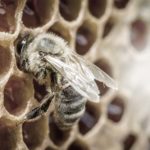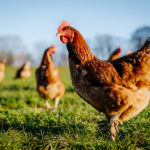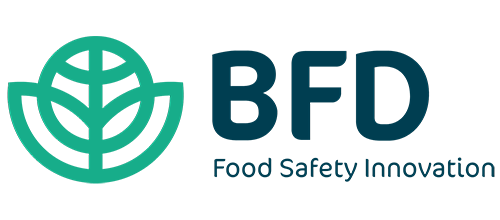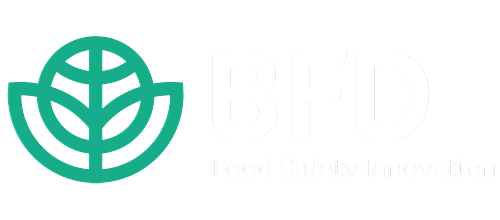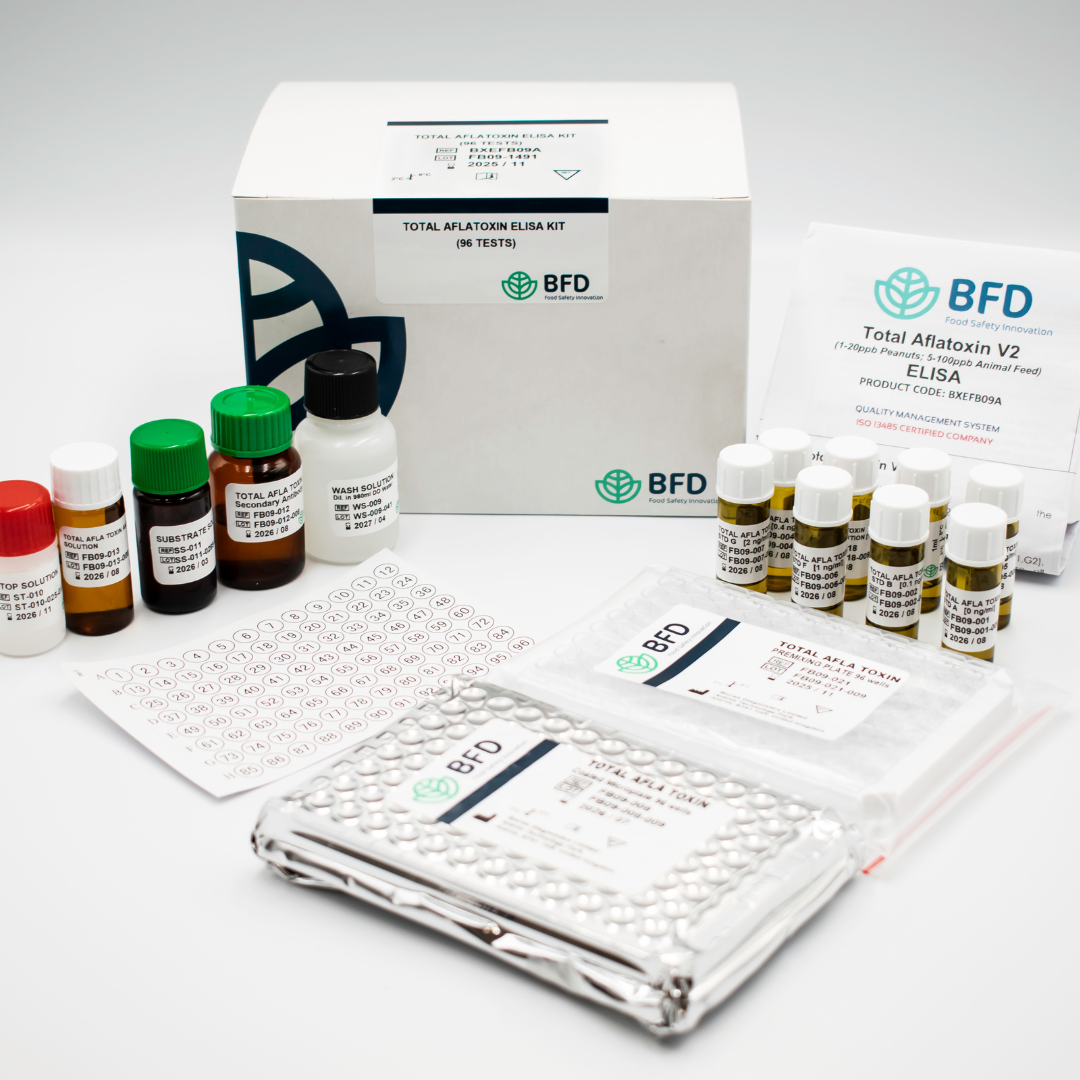Total Aflatoxin ELISA
There are 4 main types of aflatoxin (B1,B2,G1,G2), belonging to the mycotoxin group. They are all metabolites of the fungi Aspergillus flavus and parasiticus species’. Of these types, B1 is the most common and toxic to both humans and animal. As these moulds are commonly found throughout the world, food can become easily contaminated. With an estimated 25% of world crops affected on a yearly basis. The detection of aflatoxins is important as they are both genotoxic and carcinogenic. Therefore they are a problem for the food industry, as possible contamination within grains and nuts leads to this harmful substance entering human food chain.
As well as poisoning (aflatoxicosis) humans directly through consumption, animal feed can be contaminated. Causing illness to the cattle/poultry and then onto humans. Potential hazardous effects are, jaundice, cholestasis, haemorrhaging, coma liver disease and cancer.
As a result of this, worldwide regulatory departments have placed limits on acceptable levels of Aflatoxin. The EU has set levels of B1 at 2ug/kg and total aflatoxin at 4ug/kg. While WHO/Codex has set aflatoxin levels ranging from 0.5-15ug/kg depending on food type. With regards to animal feed, there is a far greater allowance and variation of the Maximum allowed aflatoxin concentrations. Depending on feed type and usage EU range is 5-15ppb, US 20-300ppb, Japan 20ppb, China 10-30ppb and Indonesia 20-50ppb.
